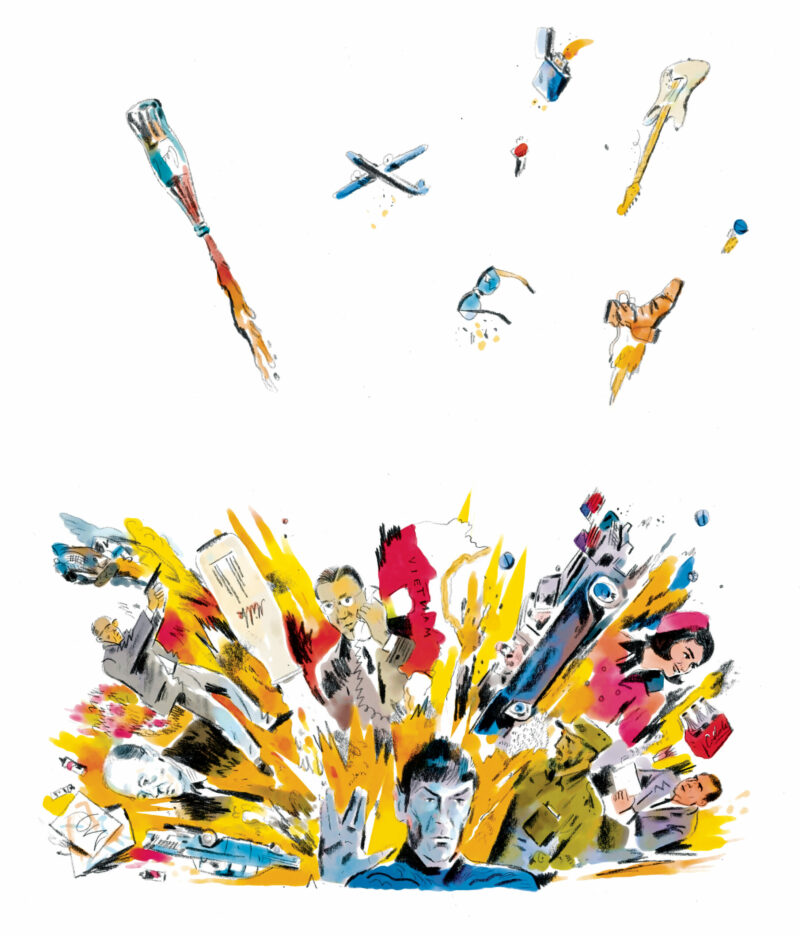1. THE CANON
It’s right there in the title. A declaration of intent, a self-creation myth, a promise or threat to deliver something epochal. With Big Bang (2019), David Bowman makes naked the writer’s wish, with trumpets blaring, to shoot himself from a canon of his own making. That he succeeded so spectacularly is doubly miraculous, given the author’s backstory and premature death over a decade ago.
You have reached your article limit
Sign up for a digital subscription and continue reading all new issues, plus our entire archives, for just $1.50/month.
Already a subscriber? Sign in





